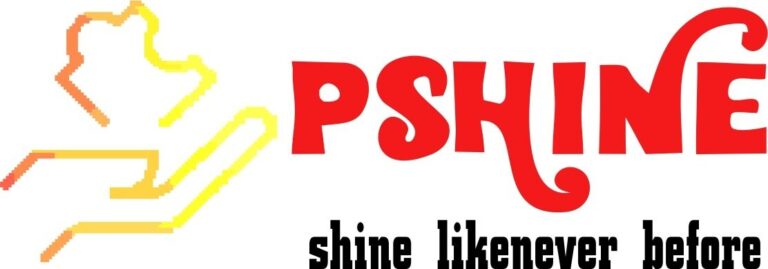Basic Introduction of Soaps and Detergents
Cleaning products play an essential role in our daily lives. By safely and effectively removing soils, germs and other contaminants, they help us to stay healthy, I care for our homes and possessions, and make our ì surroundings more pleasant.
The Soap and Detergent Association (SDA) recognizes that public understanding of the safety and benefits of cleaning products is critical to their proper use. So we’ve revised Soaþs and Detergents to feature the most current information in an easy-to-read format. This second edition summarizes key developments in the history of cleaning products; the science of how they work; the procedures used to evaluate their safety for people and the environment; the functions of various products and their ingredients; and the most common manufacturing processes. SDA hopes that consumers, educators, students, media, government officials, businesses and others ñnd Soaps and Detergents avaluable resource of information about cleaning products.
Dishwash Liquid Soap Manufacturing Process
Steps Involved
Equipments Needed:
Drum/Container/Vessel (in which all materials are going to be mixed)
Container for making Sodium Hydroxide Solution (Lye).
Agitator (Mixer connected with motor to mix the raw materials)
pH meter
Mass balance
Equipments Setup:
The Drum/Container/Vessel should be placed on horizontal surface.
The Agitator or impeller attached with the motor should be inside that container and the height from bottom of the container should be kept as minimum to impose proper mixing.
Manufacturing Steps:
As most of the chemicals used in multi-purpose cleaner and dish wash are same, similarly, the method is also similar with each other. The manufacturing process used in the Formulation of Dish Wash still requires some practice of balancing pH. This product is formed by the reaction of Acid and Base. Therefore, requires some care and proper ventilation. This formulation involves some more chemicals (conditioners) that protects hands from the harsh effects of chemicals. The manufacturing of dish wash is divided to two parts:
Acid Neutralization
Addition of other Products
We will discuss the steps required for above mentioned parts individually:
Acid Neutralization:
First, take about quarter of the water volume in separate container and add sodium hydroxide amount in it. Stir the mixture for few minutes and leave it to get cool.
Meanwhile take rest of the water in mixing vessel and start motor to agitate the water.
Add LABSA in the swirling water and let it dissolve completely.
Now start adding sodium hydroxide solution in the mixing vessel. Keep care of the pH by using pH meter. Stop where you get safe pH around at 6.5-7.5.
Addition of other Products
After Acid Neutralization, add the chemicals in the following manner:
Color
Fragrance
Glycerine
Propylene Glycol
Sodium Lauryl Sulphate (SLS)
Sodium Lauryl Ether Sulphate (SLES)
Coconut di-ethanol-amide (CDEA)
Cocoamido Propyl Betaine (CAPB)
TIPS & TRICKS:
Use goggles, gloves and mask while handling acids and bases.
Try to balance pH in short batch and then apply same ration to large batch.
Don’t ever dare to have flaming items around you when working with alcohols.
Do not look into the vessel during addition of all chemicals as SLS smokes in the air and alcohol evaporates.
If you want to thicken the recipe, you may add some amount of table salt that is sodium chloride.
List of ingredients |
|
| Linear Alkyl Benzene Sulphonic Acid (LABSA) | 17.50% |
| Sodium Hydroxide | 3% |
| Cocoamido Propyl Betaine (CAPB) | 5% |
| Coconut di-ethanol-amide (CDEA) | 2.50% |
| Sodium Lauryl Ether Sulphate (SLES) | 10% |
| Sodium Lauryl Sulphate (SLS) | 2% |
| Propylene Glycol | 0.50% |
| Glycerine | 5% |
| Colour | ~ |
| Fragrance | ~ |
| Water | To 100 % |
